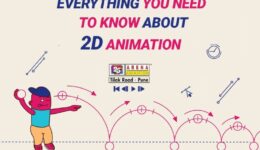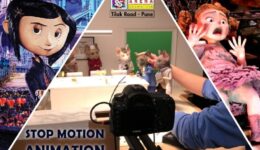Everything You Need to Know About 2D Animation
2D animation is a process that involves creating images and […]

2D animation is a process that involves creating images and […]

Stop-motion animation is a form of video production that creates […]

Have you ever wondered as a child how your favorite […]

Animation is an art of storytelling with visual arts that […]

Sometimes people think that just having an interest in drawing […]

What is Animation? Animation is the process of giving life […]

Who can forget the toys which can talk and act […]

The animation is a technique in which objects are influenced […]

The animation industry is a rapidly growing industry across the […]

Avatars (2009), Gravity (2013), The Walk (2015), Baby Groot from […]